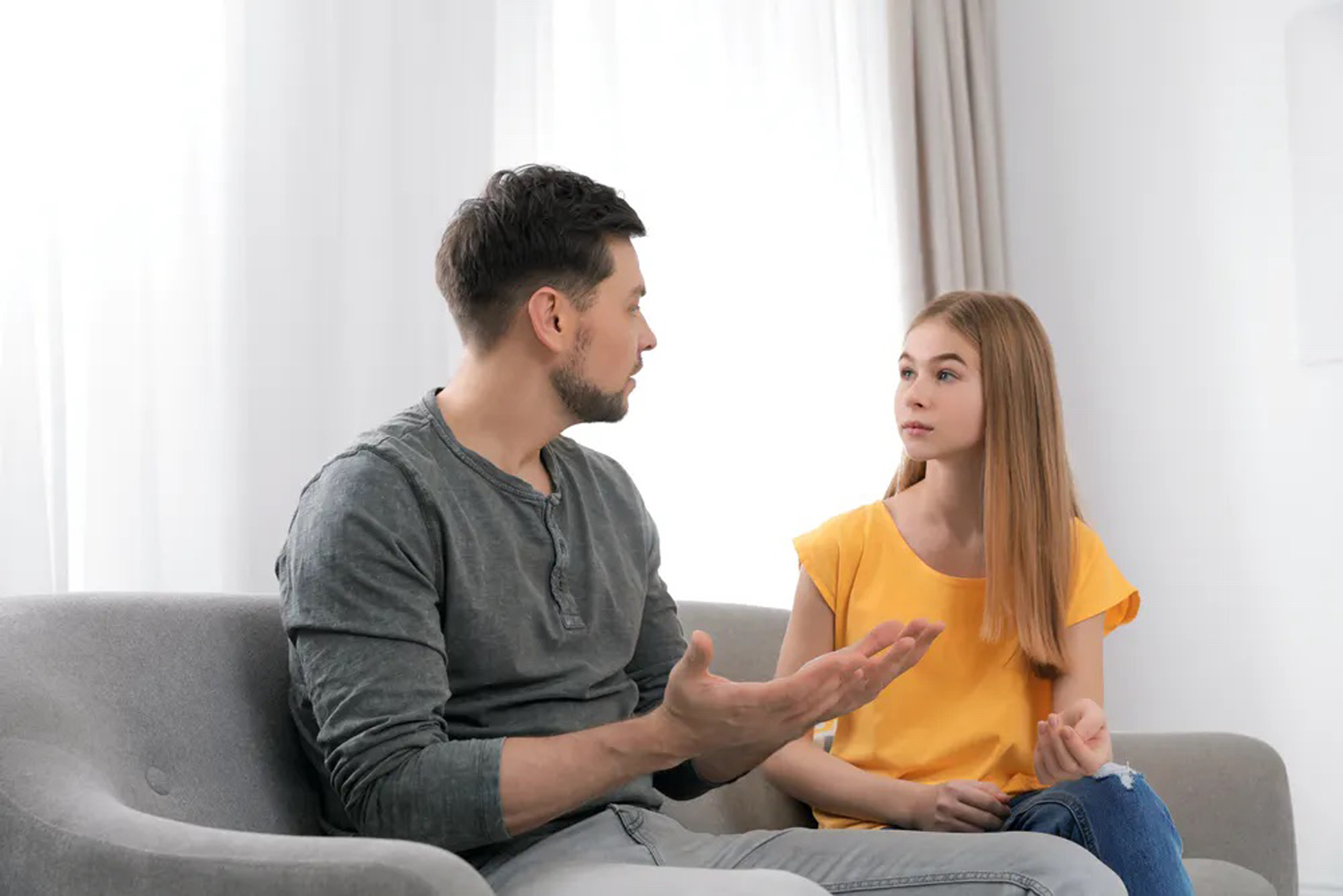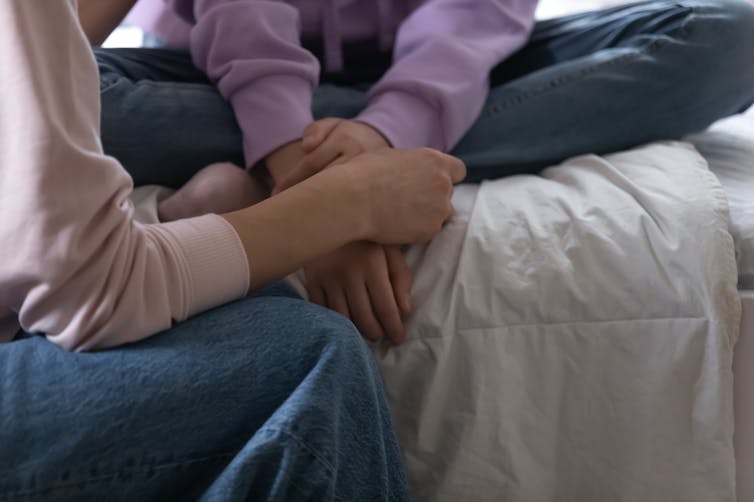
13 Oct Coroner finds social media contributed to 14-year-old Molly Russell’s death.
How should parents and platforms react? Asks Tama Leaver
Last week, London coroner Andrew Walker delivered his findings from the inquest into 14-year-old schoolgirl Molly Russell’s death, concluding she “died from an act of self-harm while suffering from depression and the negative effects of online content”.
The inquest heard Molly had used social media, specifically Instagram and Pinterest, to view large amounts of graphic content related to self-harm, depression and suicide in the lead-up to her death in November 2017.
The findings are a damning indictment of the big social media platforms. What should they be doing in response? And how should parents react in light of these events?

Social media use carries risk
The social media landscape of 2022 is different to the one Molly experienced in 2017. Indeed, the initial public outcry after her death saw many changes to Instagram and other platforms to try and reduce material that glorifies depression or self-harm.
Instagram, for example, banned graphic self-harm images, made it harder to search for non-graphic self-harm material, and started providing information about getting help when users made certain searches.
BBC journalist Tony Smith noted that the press team for Instagram’s parent company Meta requested that journalists make clear these sorts of images are no longer hosted on its platforms. Yet Smith found some of this content was still readily accessible today.
Also, in recent years Instagram has been found to host pro-anorexia accounts and content encouraging eating disorders. So although platforms may have made some positive changes over time, risks still remain.
That said, banning social media content is not necessarily the best approach.
What can parents do?
Here are some ways parents can address concerns about their children’s social media use.
- Open a door for conversation, and keep it open
It’s not always easy to get young people to open up about what they’re feeling, but it’s clearly important to make it as easy and safe as possible for them to do so.
Research has shown creating a non-judgemental space for young people to talk about how social media makes them feel will encourage them to reach out if they need help. Also, parents and young people can often learn from each other through talking about their online experiences.
- Try not to overreact
Social media can be an important, positive and healthy part of a young person’s life. It is where their peers and social groups are found, and during lockdowns was the only way many young people could support and talk to each other.
Completely banning social media may prevent young people from being a part of their peer groups, and could easily do more harm than good.
- Negotiate boundaries together
Parents and young people can agree on reasonable rules for device and social media use. And such agreements can be very powerful.
They also present opportunities for parents and carers to model positive behaviours. For example, both parties might reach an agreement to not bring their devices to the dinner table, and focus on having conversations instead.
Another agreement might be to charge devices in a different room overnight so they can’t be used during normal sleep times.
What should social media platforms do?
Social media platforms have long faced a crisis of trust and credibility. Coroner Walker’s findings tarnish their reputation even further.
Now’s the time for platforms to acknowledge the risks present in the service they provide and make meaningful changes. That includes accepting regulation by governments.
- More meaningful content moderation is needed
During the pandemic, more and more content moderation was automated. Automated systems are great when things are black and white, which is why they’re great at spotting extreme violence or nudity. But self-harm material is often harder to classify, harder to moderate and often depends on the context it’s viewed in.
For instance, a picture of a young person looking at the night sky, captioned “I just want to be one with the stars”, is innocuous in many contexts and likely wouldn’t be picked up by algorithmic moderation. But it could flag an interest in self-harm if it’s part of a wider pattern of viewing.
Human moderators do a better job determining this context, but this also depends on how they’re resourced and supported. As social media scholar Sarah Roberts writes in her book Behind the Screen, content moderators for big platforms often work in terrible conditions, viewing many pieces of troubling content per minute, and are often traumatised themselves.
If platforms want to prevent young people seeing harmful content, they’ll need to employ better-trained, better-supported and better-paid moderators.
Harm prevention should not be an afterthought
Following the inquest findings, the new Prince and Princess of Wales astutely tweeted “online safety for our children and young people needs to be a prerequisite, not an afterthought”.

For too long, platforms have raced to get more users, and have only dealt with harms once negative press attention became unavoidable. They have been left to self-regulate for too long.
The foundation set up by Molly’s family is pushing hard for the UK’s Online Safety Bill to be accepted into law. This bill seeks to reduce the harmful content young people see, and make platforms more accountable for protecting them from certain harms. It’s a start, but there’s already more that could be done.
In Australia the eSafety Commissioner has pushed for Safety by Design, which aims to have protections built into platforms from the ground up.
If this article has raised issues for you, or if you’re concerned about someone you know, call Lifeline on 13 11 14.![]()
Tama Leaver, Professor of Internet Studies, Curtin University
This article is republished from The Conversation under a Creative Commons license. Read the original article.

